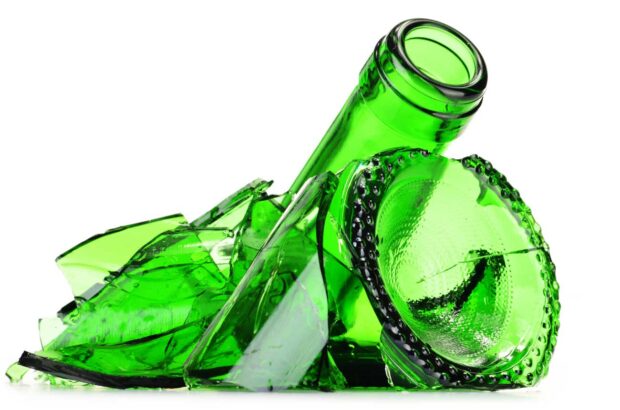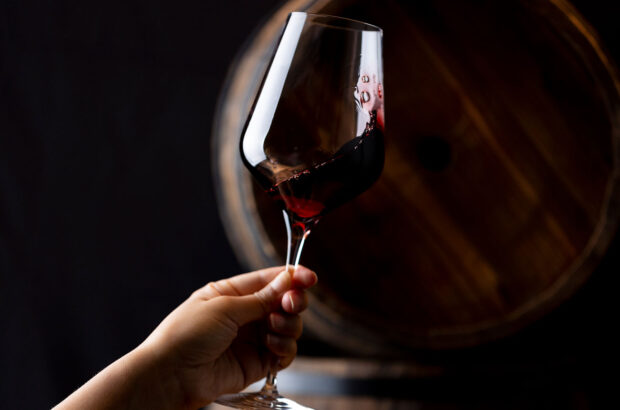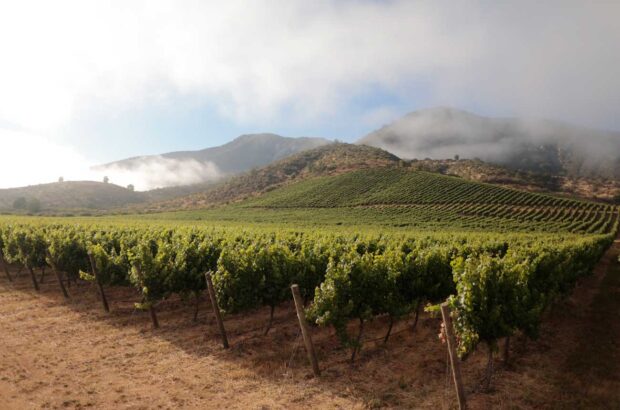drink now
Rain at harvest was a problem but there were good Cabernets from Napa and Sonoma
Weather Conditions
An odd year with an extremely wet winter and spring. Vines set a larger than normal crop. After a cool June and July, the summer warmed up and vines were working hard to mature the huge crop. Any attempts to proclaim a miracle vintage were dampened by periodic rains throughout the harvest weeks. Two rain storms diluted the berries on the over-cropped vines. Those who thinned early won out. Those who gambled and waited for better days to arrive in mid-October fared well. The style of those successes tends toward ripe, but tannic and tight Cabernets in their youth. The best tended to age slowly. Most Merlot was picked before the rains and because the crop was large they lacked complexity and longevity. For the two reds, non-irrigated and/or hillside vineyards produced the better the vintage. A few Cabernets were in fine shape by the new millennium.
Best Appellations
Howell Mountain and other high elevation sites in Napa and Sonoma enjoyed the greatest success, but Ridge’s Monte Bello carried the Santa Cruz flag with flying colors. A second level of high quality Cabernets originated in the Rutherford-Oakville region, where one finds Caymus, Heitz, Groth, Robert Mondavi and Far Niente.
Best Producers
Napa’s finest Cabernets were led by Dunn, Caymus, Beringer Private Reserve, Spotteswoode, Opus One, Duckhorn, Buehler, Groth, and Burgess.







